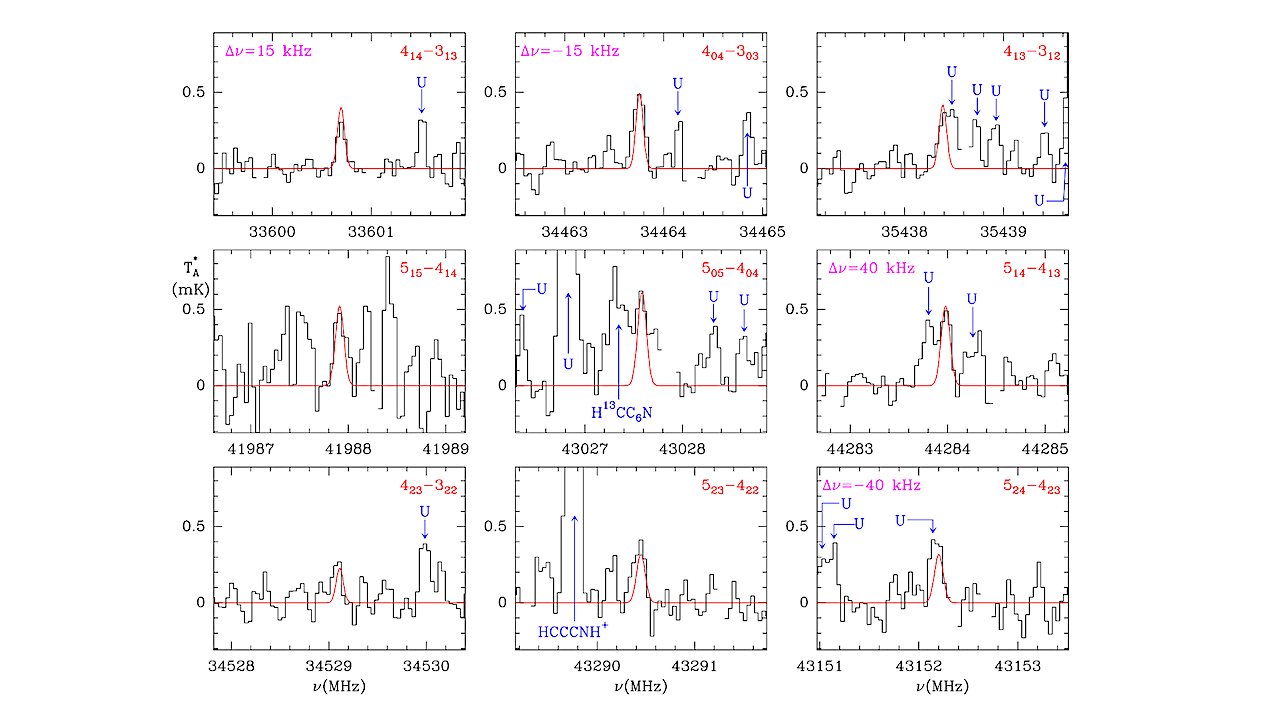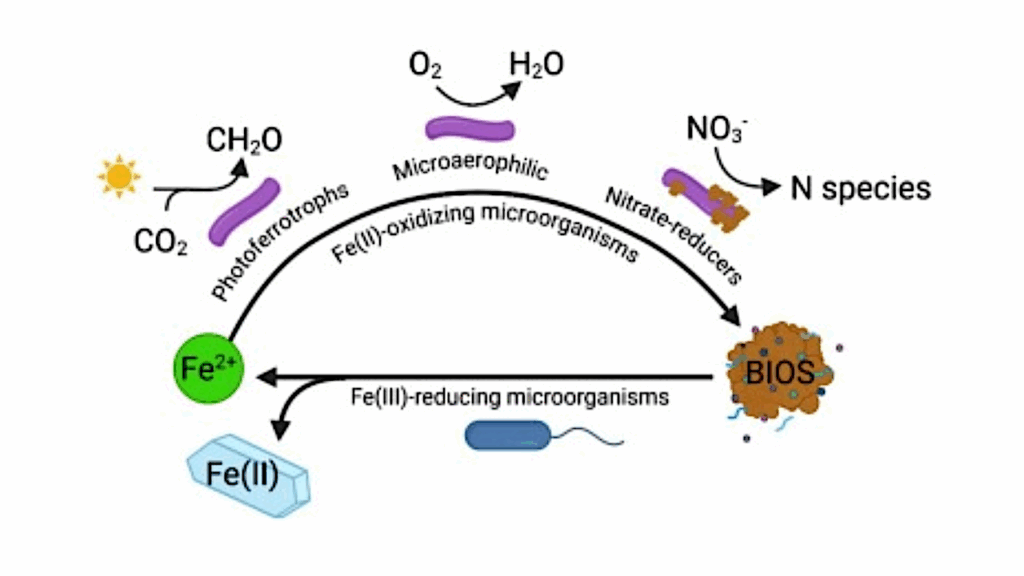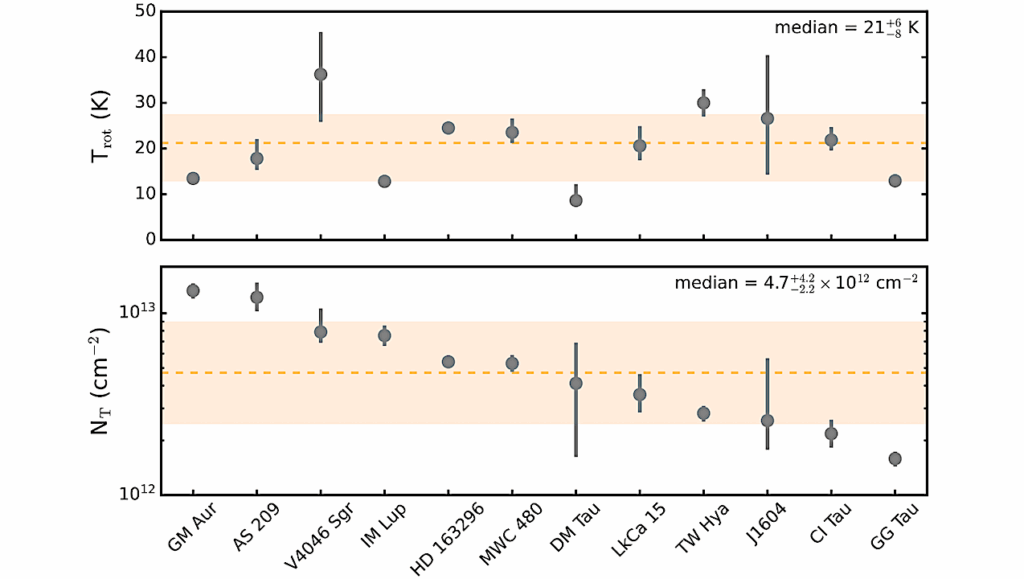CN And CCH Derivatives Of Ethylene And Ethane: Confirmation Of The Detection Of CH3CH2CCH In TMC-1

We present a study of CH3CH2CCH, CH3CH2CN, CH2CHCCH, and CH2CHCN in TMC-1 using the QUIJOTE1 line survey. We confirm the presence of CH3CH2CCH in TMC-1, which was previously reported as tentative by our group.
From a detailed study of the ethynyl and cyanide derivatives of CH2CH2 and CH3CH3 in TMC-1, we found that the CH2CHCCH/CH2CHCN and CH3CH2CCH/CH3CH2CN abundance ratios are 1.5±0.1 and 4.8±0.5, respectively. The derived CH2CHCCH/CH3CH2CCH abundance ratio is 15.3±0.8, and that of CH2CHCN over CH3CH2CN is 48±5.
All the single substituted isotopologs of vinyl cyanide have been detected, and we found that the first and second carbon substitutions in CH2CHCN provide a 12C/13C ratio in line with that found for other three-carbon bearing species such as HCCNC and HNCCC.
However, the third 13C isotopolog, CH2CH13CN, presents an increase in its abundance similar to that found for HCCCN. Finally, we observed eight b-type transitions of CH2CHCN, and we find that their intensity cannot be fitted adopting the dipole moment μb derived previously. These transitions involve the same rotational levels as those of the a-type transitions.
From their intensity, we obtain μb=0.80±0.03\,D, which is found to be in between earlier values derived in the laboratory using intensity measurements or the Stark effect. Our chemical model indicates that the abundances of CH3CH2CCH, CH3CH2CN, CH2CHCCH, and CH2CHCN observed in TMC-1 can be explained in terms of gas-phase reactions.
J. Cernicharo, B. Tercero, M. Agúndez, C. Cabezas, R. Fuentetaja, N. Marcelino, P. de Vicente
Comments: Accepted as a Letter in Astronomy & Astrophysics on March 8th 2024
Subjects: Astrophysics of Galaxies (astro-ph.GA)
Cite as: arXiv:2404.07585 [astro-ph.GA] (or arXiv:2404.07585v1 [astro-ph.GA] for this version)
Related DOI:
https://doi.org/10.1051/0004-6361/202449531
Focus to learn more
Submission history
From: Carlos Cabezas
[v1] Thu, 11 Apr 2024 09:17:23 UTC (460 KB)
https://arxiv.org/abs/2404.07585
Astrobiology, Astrochemistry,








